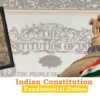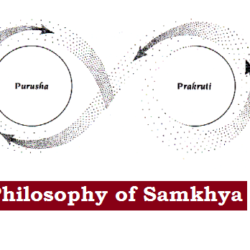
Art 368
deals with the powers of the Parliament to amend the Constitution and its procedure.
The amendment procedure laid down is rigid
and flexible; flexible to include the changed circumstances, philosophy and
aspirations of the society like a ‘living
document’, at the same time rigid to protect it against the whims of
rulers.
The SC in Kesavananda Bharti Case
(1973) gave a judicial innovation in the form of ‘Basic Structure’. Present
condition is that the Parliament is empowered to amend any law without altering
the ‘Basic Structure or Features’ of the Constitution.
There are three types of amendments:
1. By simple majority:
- Majority of members present and voting
- Similar to ordinary legislation, not deemed to be under Art 368
- e.g: Creation of new states, abolition/creation of Legislative Councils
- Citizenship, more jurisdiction on SC, 5th and 6th schedule
2. By special majority:
- Majority of total membership and 2/3 majority of present and voting
- e.g: Fundamental rights, Directive principles of state policy
3. By special majority and consent of states:
- Special majority in Parliament and ratification of more than 50% states by simple majority (no time limit)
- e.g: Election of President, Distribution of powers between Union and States, 7th schedule
Procedure of Amendment:
- Introduction of an amendment bill in either house of Parliament (no approval required).
- To be passed in each house of Parliament separately with no provision of Joint Session in case of deadlock.
- To be ratified by the states in case of 3rd type of amendment
- Finally assent by the President (must and cannot withhold or return)

 Home
Home Syllabus
Syllabus Contact Us
Contact Us








